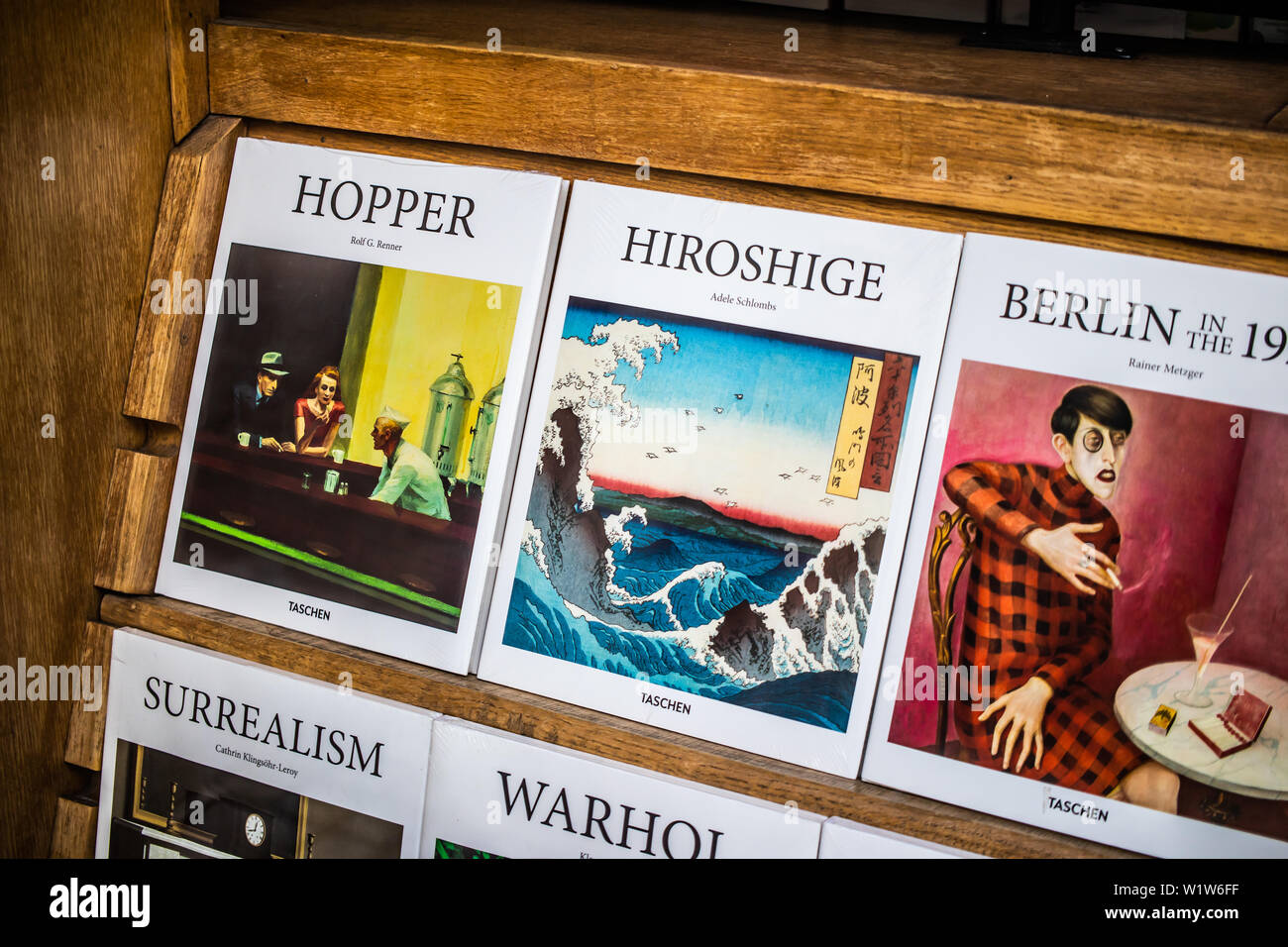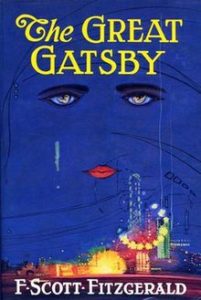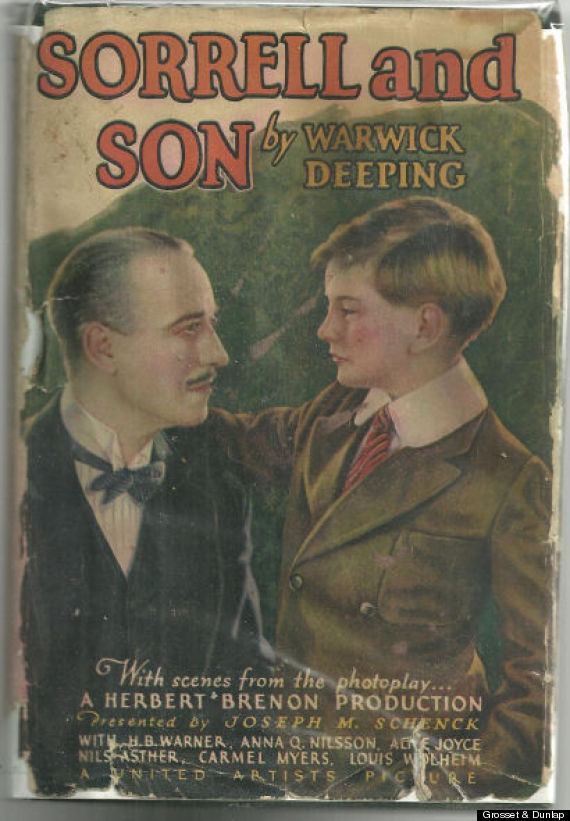

By the early 1920s, cars, electricity, and indoor plumbing distinguished urban living-as they do to this day, our vaunted technological progress notwithstanding.

In 1900, horse-drawn buggies, candle light, and lack of plumbing defined daily life in cities.

While many see World War I as the pivotal event that shaped the era, Takayoshi points to the quiet but radical changes in daily life as equally important. They saw that they had to make their language match the tempo of the new age.” “That created a new willingness for these writers to separate themselves from what had been going on up to that point.

What accounted for the all these changes? The writers grew up in the first two decades of the twentieth century, when America’s economic expansion made it “the fastest growing period in the nation’s history,” said Takayoshi. It’s more natural, more in tune with how we arrange thoughts using words in our head.” “He made the texture of poetry look less dense, less composed it feels as if it were spoken more freely, in a moment of passion. “Pound did what Hemingway did in prose: He changed the way poetry was written,” he said. “And that transformation has stayed with us to this day-that’s how we talk about black culture today.”Įzra Pound, Takayoshi said, fundamentally changed poetry. The norm became to see them as equal and parallel, and to celebrate and accept different ways of being. “Their vision was vertical, but thanks to Hughes, that vision became horizontal,” according to Takayoshi. Takayoshi also points to Hughes, the poet, because “he changed how Americans think about black culture.” Before Hughes, whites and better-educated blacks saw white culture as ahead of black culture. Hemingway’s prose doesn’t stand out now simply because “that became the norm”-high praise indeed. His realism, his arrangement of simple, broad terms in a straightforward syntactical structure was very refreshing,” Takayoshi noted. But “he changed American language more dramatically than his peers. Hemingway may now be too famous for his own good, Takayoshi said, leading him to be, ironically, neglected as a subject of study. In contrast, Takayoshi points to the works of Hemingway, Hughes, and Pound, which were almost shocking in their style and content, and epitomized a new sensibility. The writers who made their names in the 1920s were mostly born around 1890, a time when writing was mostly precious and pedantic and many racy topics were off the table for discussion-think Henry James. And just like the variety in his course, his book covers a lot of territory: the rise of modernism the focus on women, immigrants, blacks, radicals, and new trends in the publishing industry as well as influences such as the Great War, secularism, Freud, Prohibition, the rapidly changing film world, and music-lest we forget it’s the Jazz Age. Takayoshi has taught the course The Literature of the Jazz Age for seven years. He created an outline that would work for each decade, and took on editing not just the 1920s volume, but also the 1930s one, which should come out later this year. Cambridge University Press approached Takayoshi several years ago with an idea for a decade-by-decade review of American literature from 1910 to 2010, and he was game. The new book is one of ten volumes in the American Literature in Transition series. “For a nation’s literature to produce exceptionally original, rich, enduring works of art, there are two necessary constants: the writers of a particular time must have a clear idea of what tradition is, and they must want to confront that tradition.” “What made this particular decade more innovative, more energetic, more rambunctious than, say, the 1950s or 1850s?” Takayoshi asked. He’s done that now with American Literature in Transition: 1920-1930 (Cambridge University Press), a collection of essays he edited and contributed to. Its “uniqueness, exceptional innovation, and energy needs to be recognized,” he said. In fact, Takayoshi argues, the writing of the 1920s is so important that it should be considered not just significant, but signposted as an exceptional literary era. They were at the vanguard of a cultural shift that was “revolutionary and disorienting,” said Ichiro Takayoshi, an associate professor of English who focuses on the literature of the Jazz Age. Scott Fitzgerald, Langston Hughes, Ernest Hemingway, Dorothy Parker, Eugene O’Neill, Ezra Pound-to name just a few. The writers who defined the Jazz Age almost a century ago still exert a pull on us: F.


 0 kommentar(er)
0 kommentar(er)
